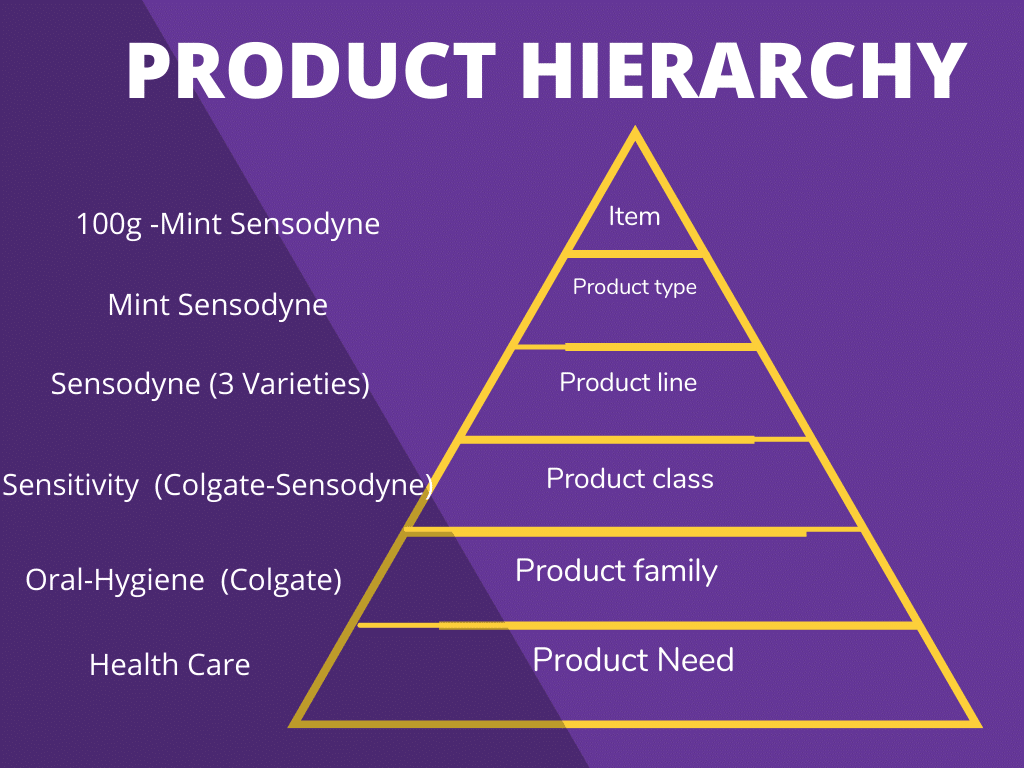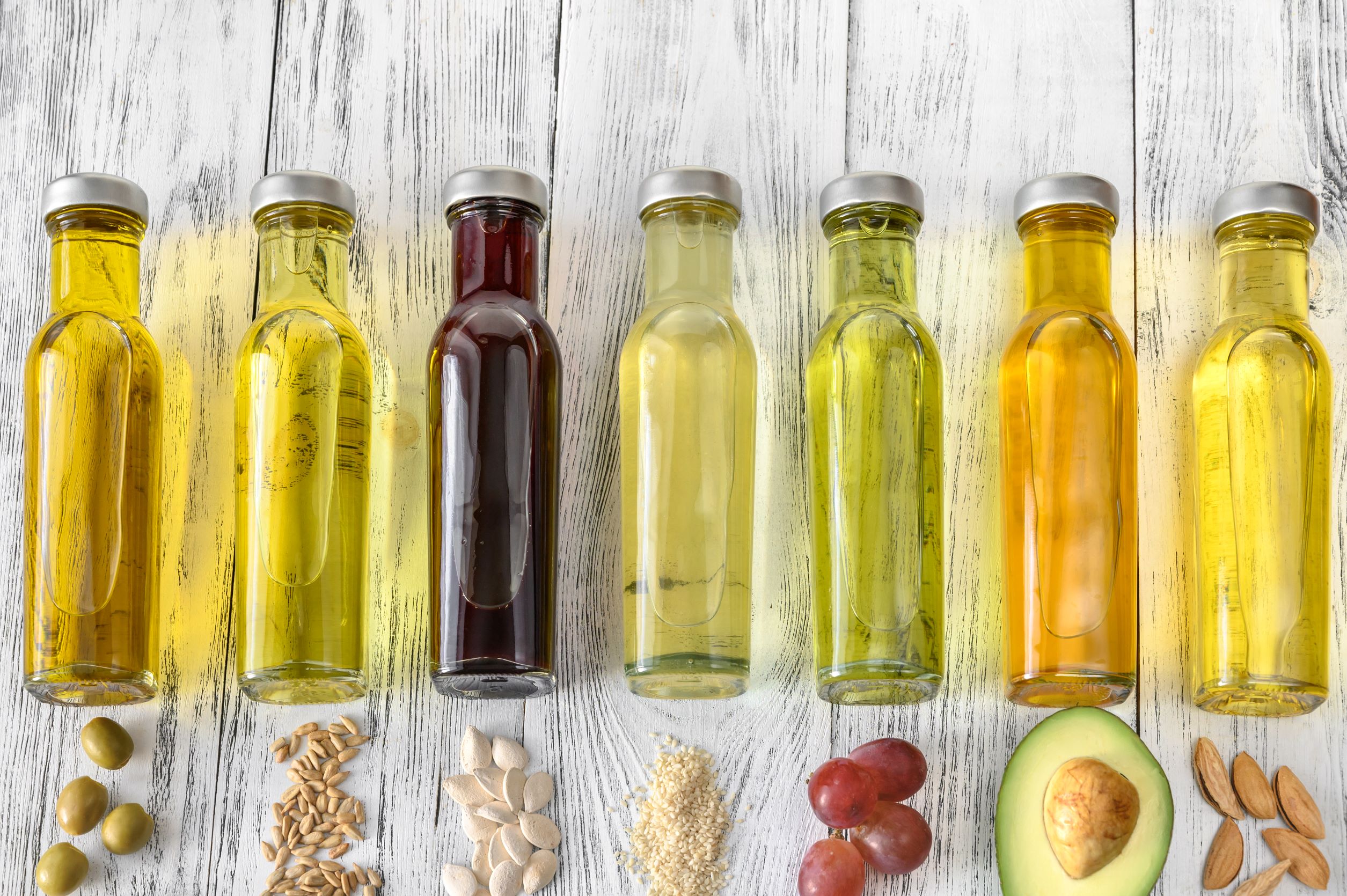“If you fail to plan, you are planning to fail!” ― Benjamin Franklin.
When it comes to retail, one of the biggest challenges for business owners and managers in planning the product assortment. What should be carried in the store and what shouldn’t? How do you decide on what items to stock up on? This process can be daunting, but it’s crucial for retail success. This blog post will discuss what assortment planning is and how to create an effective product assortment strategy.
Product Assortment Planning
Assortment planning is the process of forecasting the products required to meet demand and then ensuring the outlet has enough of them to satisfy customers. Most retailers assess merchandise trends (monthly, quarterly, seasonally) and acquire products accordingly. There are three main challenges concerning product assortment:
1) acquiring the right products that meet customers’ wants and needs (aka, market trends and demand)
2) ensuring an adequate supply of inventory is available to meet demand
3) products must arrive at the right time when they are needed in the store
Assortment Planning Process and Point-of-Sales (POS) Data
Point-of-Sales (POS) system records the data each time a transaction occurs. This data can be used to monitor what is purchased and the quantities of each item. Over time, this data can gauge trends using historical data. Or, using data analytics, POS information can forecast trends.
In any case, POS data provides the information necessary to estimate or predict the amount of inventory required to serve customers. Additionally, this POS information can help minimize product shortages or prevent overstocking.
________________________________________________________________________________________
Note: POS data is one of several important assortment planning tools. Consider: a centralized data management software would help optimize and automate several key processes.
Assortment planning software, in addition to TimeWellSchedule could be integrated with payroll, POS data, scheduling, and inventory management. Having all of this information in one place would simplify and optimize many store operations. Click here to contact TimeWellScheduled to learn more.
________________________________________________________________________________________
Product Assortment Planning Vs. Inventory Management.
Retailers often make the mistake of confusing merchandise assortment planning with inventory replenishment. In contrast, a product assortment plan takes into consideration:
- Which products are needed on the sales floor? (Width & Depth)
- Where should product X be placed during (fall, winter, spring, and summer) time of year?
- What amounts of product X will optimize sales?
Key decision product and sales decisions are made during the retail assortment planning process. For example, “prime merchandise planning space should go-to shorts and T-shirts in spring and summer instead of in winter.” Moreover, assortment planning gets more complex. In short, product assortment planning is about forecasting trends and understanding how to maximize sales performance.
Assortment Planning Strategy
An assortment strategy in retailing involves the number and type of products that stores display for purchase by consumers, also known as the “product assortment strategy.” It is a strategic tool that retailers use to manage and increase sales. The strategy comprises two major components:
Product Depth
Product depth is the number of variations or subcategories of a product that a retailer offers. For example, if a store primarily sells Hallmark greeting cards, it likely has a lot of product depth, such as 100 different types of sympathy cards, 75 types of thank you cards, 200 types of birthday cards, etc.
Product Width
The product width is the total number of product lines that a company offers to sell. For instance, Nestle offers milk and yogurts; this indicates that it has two lines.

Below are five techniques to consider when developing your assortment strategy:
Start By setting goals.
Goal-setting will align managers and employees and help your team stay accountable using measured progress. Start by asking?
- What does success look like?
- What outcomes do we want?
- What do we want to achieve?
- What are our timeline and benchmarks for success?
- Use these questions to assist in establishing goals?
Example goals: might be a conversion rate (5-15%), sales target ($250/hour), or specified profit (15-20% higher than the previous quarter). Communicating goals and benchmarks with the entire team provides shared ownership and responsibility.
Anchor Goals in Historical Data
Setting objectives based on past retail sales analytics and POS data is a practical guideline. These figures will help determine realistic sales benchmarks and growth targets. And the process will help develop an informed assortment planning strategy.
Use the following questions to guide you through the POS data analysis:
- Do these items have common characteristics?
- Where were they located in the store?
- How were these items promoted?
- What sold with these items?
- Who purchased them?
- When were they popular?
- How were they priced?
Have a working knowledge of product hierarchy
The Customer Decision-Making Tree (CDT)
- The customer decision tree (CDT): is a product category hierarchy that is the process customers use to evaluate products of a shared category.
- A product category: is a group of similar products that share related characteristics.
For example, in the case of a hardware store: a customer enters the store wanting a battery-powered drill. First, they’ll go to the power tool section (if that’s the way your merchandise is organized ) and browse the options. They might first look at the brands, the features, the add-ons (drill bits, batteries, warranties)
Consumer Decision Trees (CDT)
CDT assists retailers in understanding consumer buying patterns and decision-making processes as they shop within a category:
- Specific information on how to structure or restructure a product category
- A Schematic for store planograms and aisle plans, displays, and endcaps
- Meaningful insights into merchandising content, product mix, etc.
- Identification of potential assortment gaps and whitespace opportunities
The CDT is a tool that can help businesses understand behavior and motivations. The decision tree is based on historical data and focused on products.
Detergent Product Category:

Product Hierarchy Briefly Explained
Strategic Assortment planning should mirror this product hierarchy and guide customers through the process. Starting from the base of a pyramid and moving upward, the product hierarchy can be explained as follows (TheKeepitSiimple):

Base or Level 1, Product Need:
The product fulfills a (market) customer demand that provides a reason for the product to exist.
Product hierarchy example: Health Care
Level 2, Product family:
This level refers to the basic need that the product satisfies.
Product Example: oral hygiene of Colgate there can be a variety of options like toothpaste, toothbrushes, floss, and mouthwash.
Level 3, Product Class:
It describes the group under the specific product family having a particular purpose, also called product subcategory.
Product Example: Colgate, with its whitening category or sensitivity factor (Sensodyne), is called product class.
Level 4 Product Line:
This level deals with a range of products that fall under the umbrella of one product class. They are closely associated because they perform the same function and thus are marketed under the same channels, sold to the same customers, and have similar price ranges.
Product example: Colgate Sensodyne has three varieties termed product lines as they perform the same function of dealing with sensitive areas in our teeth.
Level 5, Product Type:
This level describes items present in a specific product line that shares one specific function.
Product Example: Colgate Sensodyne has three flavors, namely normal whitening, mint, and Ayurveda. So the individual products are referred to as product types.
Top or Level 6, Item or SKU:
This level category differentiates the product type with a specific price, appearance, size, or other attributes.
Product Example: Colgate Sensodyne mint variant is available in 30 grams, 60 grams, and 100 grams with different cost structures. So a 100-gram product is termed an ITEM or SKU.
Note: It is important to remember that each customer is different. There are multiple ways to arrive at a final purchasing decision, and other shoppers might have varying CDTs for the same product (TheKeepitSimple). Also, the product assortment planning can be used concurrently with a brand strategy!
Store Layout & Design: Consider Using Product Clustering
Product clusters are groups of items that have similar attributes. Products can be clustered in several different ways. For instance, products can be clustered by type, shape, occasion, materials, features, price, color, size, family, brand, function, etc. Clustering products allows retailers the flexibility to organize assortment, analyze performance, and optimize inventory, pricing, etc.
The following are examples of product clusters used in successful retail outlets:
Product families
A product may have multiple variations and sizes or be from the same product line. Therefore, it’s essential to account for these related products when making decisions that affect one of the “family members .”Product clusters help do this with a breeze.
Mutually substitutive products
Customers treat some products in the assortment interchangeably. If one item is out of stock, they won’t hesitate to replace it with the other. Retailers may cluster these substitute products together to manage inventory more efficiently.
Price bands
Retailers can group products within a specific price range. For example, a retailer may want to see the performance of all toys that sell below $25. Or from $50 – $100.
Market basket
A widespread practice in retail, products can also be clustered by the likelihood of customers purchasing them together (i.e., conditioner and shampoo).
Product clustering is a technique that helps manage inventory, pricing, promotions, markets, and bundles. It is a practical way to manage assortment, especially for small-to-medium-sized retailers. This approach offers retailers an effective and cost-efficient way to scale operations when done correctly.
Note: customer demographics are also a consideration in clustering and assortment planning.
Use Cross merchandising to increase the Average transaction (ATV) per customer.
Cross merchandising is placing goods from different product categories in one location to encourage customers to purchase multiple items. Cross merchandising provides value to customers by reminding them of a need, sparking ideas, and simplifying their shopping process. This approach is mutually beneficial to the customer and retail business as it adds value to the purchaser and, at the same time, drives sales.

Average Transaction Value (ATV) is calculated by dividing the total value of all transactions by the number of transactions or sales:
ATV = Total Value of all Transactions / # of transactions or sales
Cross-Selling principles complement cross-merchandising
Cross-selling is selling a different product to a customer to increase sales revenue. Upselling and cross-selling are often used interchangeably, which is technically incorrect, although the principal goal is the same. Upselling is an umbrella term that describes any action or method that increases the price and functionality of the original purchase.
Note: A cross-sell often involves discounted goods, meaning the company makes less (margin) on the sale than it would if the discounted product was sold alone. In this case, without cross-selling, the retailer may not get a good return on investment (ROI). The overall profit-margin increases due to cross-selling.
Benefits to the Customer and Retailer
Cross-selling improves customer satisfaction, enhances customer lifetime value (CLV), and increases store sales. For example, cross-merchandising and cross-selling have been proven to increase Average Transaction Value (ATV). ATV is how much, on average, each customer spends per transaction with a business. Cross-selling is excellent for both the retail store and consumer when executed correctly.
The most crucial concern when cross-selling is ensuring that your offer is relevant to the customer and transaction. The aim is to offer more value to the customer.
Capitalize on small, inexpensive products for impulse buys.
An Impulse buying is the sudden decision to purchase a product without any pre-shopping intention. It occurs after shoppers experience an urge to buy and is usually spontaneous and without hesitation. Examples of everyday retail impulse purchases:
- 87% of US shoppers make impulse buys
- In 2020, US shopper spend $155-$183 on implus buys per/month(Shopify)
1) Pure impulse purchase
In brick and mortar stores, certain products are placed next to the checkout counters, products that trigger an emotional impulse purchase. This type of impulse purchase is also described as an “escape purchase.”
2) Suggestions for impulse purchase
Suggestion impulses are often next to the checkout counter; they are rational products that appeal to a different impulse. For instance if an energy-bar happened to be the impulse purchase:
“I am hungry and soon going to the gym,” the consumer starts to rationalize. “Protein bars are a healthier option than chocolate bar.”
In essence, buying something he does not need, but the reasoning makes him feel the purchase is based on a reason or a need, not an emotion.
3) Reminder impulse purchase
The third type of impulse purchase is based on reminding. The customer was not planning to buy the product, but the way the products were placed in the store (online or offline), triggered a feeling to take advantage.
4) Planned impulse purchase
The fourth type of impulse purchase is the so-called planned impulse purchase. This type of purchase is often incentivized by a low price or a special offer (i.e., bundle or buy one get one free, etc.). In this case, the customer buys something he does not need or buys more than he needs.
Other ways to encourage impulse buys include (Vendhq):
- Promotions: buy one, get one free— or even buy one get the second one for 60% off — and steep discounts can be the extra nudge a shopper needs to pick up an item
- Urgency: offer limited-time-only products and sales
- Trendy: impulse buys aren’t necessities — offering on-trend novelties drive excitement in the purchase
- Associates: schedule and train staff to recommend impulse buys based on a customer’s shopping cart. TimeWellScheduled is always there to help optimize your employee scheduling, payroll, and support staff management capabilities. Free up to 10 employees!
Retail Assortment Planning In Summary
Assortment planning is often thought of as a function of big-box retailers. However, in the hyper-competitive retail industry, the strategies mentioned above apply to any retail environment. Thus, small and medium-sized businesses should take advantage of POS data and product assortment strategies. Consider these tips when planning your assortment:
- Start By setting goals
- Have a working knowledge of product hierarchy
- Floor Layout & Design: Consider Using Product Clustering
- Use Cross merchandising to increase the Average transaction (ATV) per customer
- Capitalize on small, inexpensive products for impulse buys
As small businesses, it is essential that we take advantage of every opportunity to increase sales and stay competitive. One way to do this is by utilizing retail assortment strategies. By setting goals, knowing our product hierarchy and CDT, using floor layout and design, and capitalizing on impulse buys, we can improve our chances of increasing the ATV per customer. These are just a few tips; many more can be used depending on the specific business. We must continue to research what works best for us and adapt to remain profitable in today’s retail industry.
Conclusion
Thank you for reading our article!
TimeWellScheduled.com is a secure, online time and attendance software that is 100% tailored to meet your scheduling needs! In addition, TimeWellScheduled facilitates payroll tasks and enhances your staff management capabilities. Plus, our service is free for up to 10 employees!
Click: here to download our (Excel) employee scheduling template; It’s FREE!





